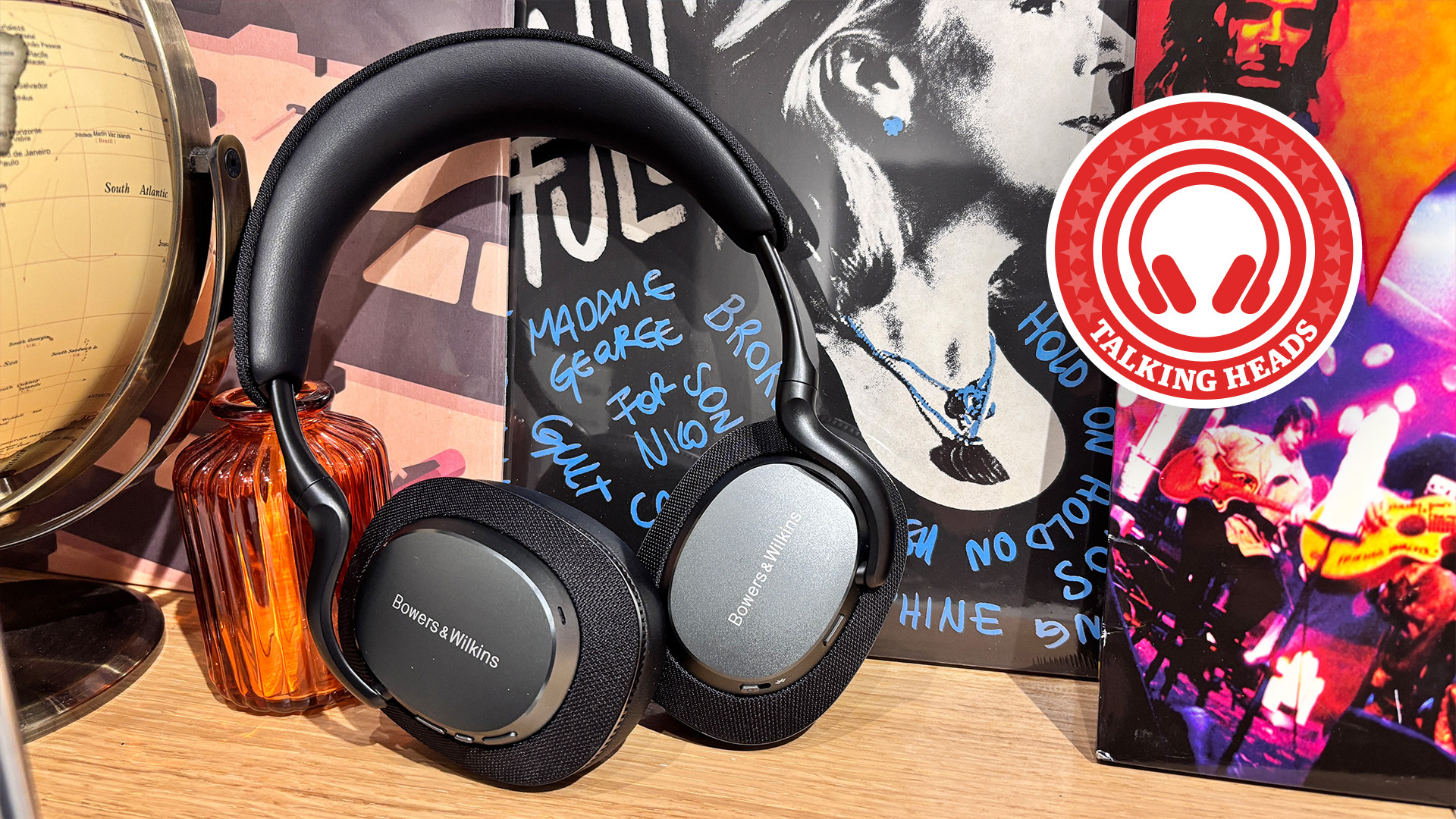LG C5 vs Sony Bravia 8: which OLED TV should you buy?
Sony's established OLED steps into the ring with LG's newcomer. Who will win?
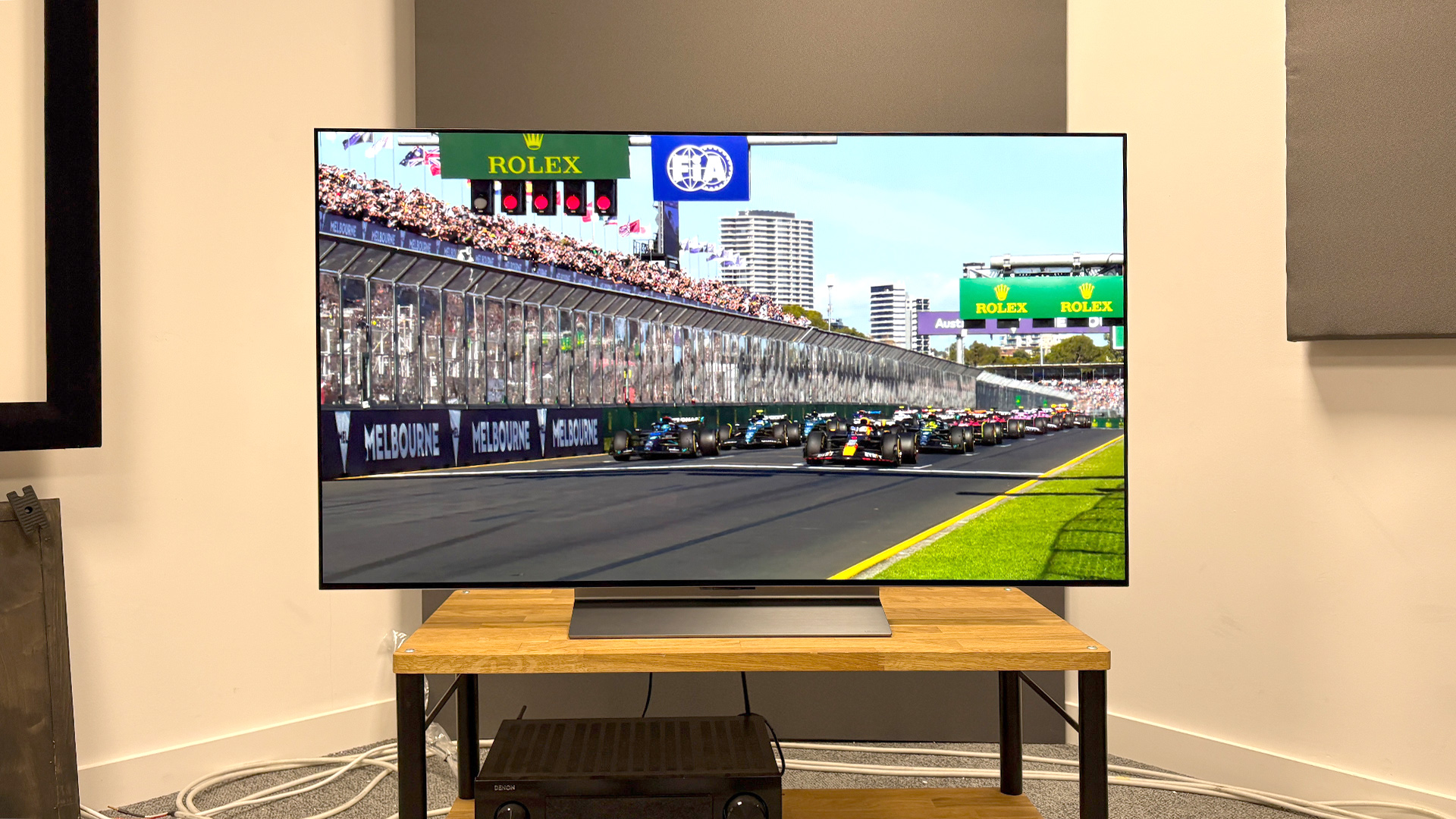
Screen size: 42, 48, 55, 65, 77 and 83 inches
HDMI inputs: 4 (4 x 48Gbps HDMI 2.1)
Gaming features: 4K/120Hz, 4K/144Hz, VRR, ALLM, Dolby Vision game mode, HGiG
Dimensions (hwd, without stand): 70 x 122 x 4.5cm
LG's latest C-series OLED TV delivers a rich, punchy and crisp image that's easy to enjoy, while its four HDMI 2.1 sockets continue its legacy as a go-to gaming TV. It's brand new, though, so currently very expensive.
For
- Rich, solid and engaging picture that balances vibrancy and authenticity
- Excellent contrast and image solidity
- Uncompromising feature set
Against
- Sound is good rather than great
- Design is overly familiar
- Non-backlit remote is frustrating
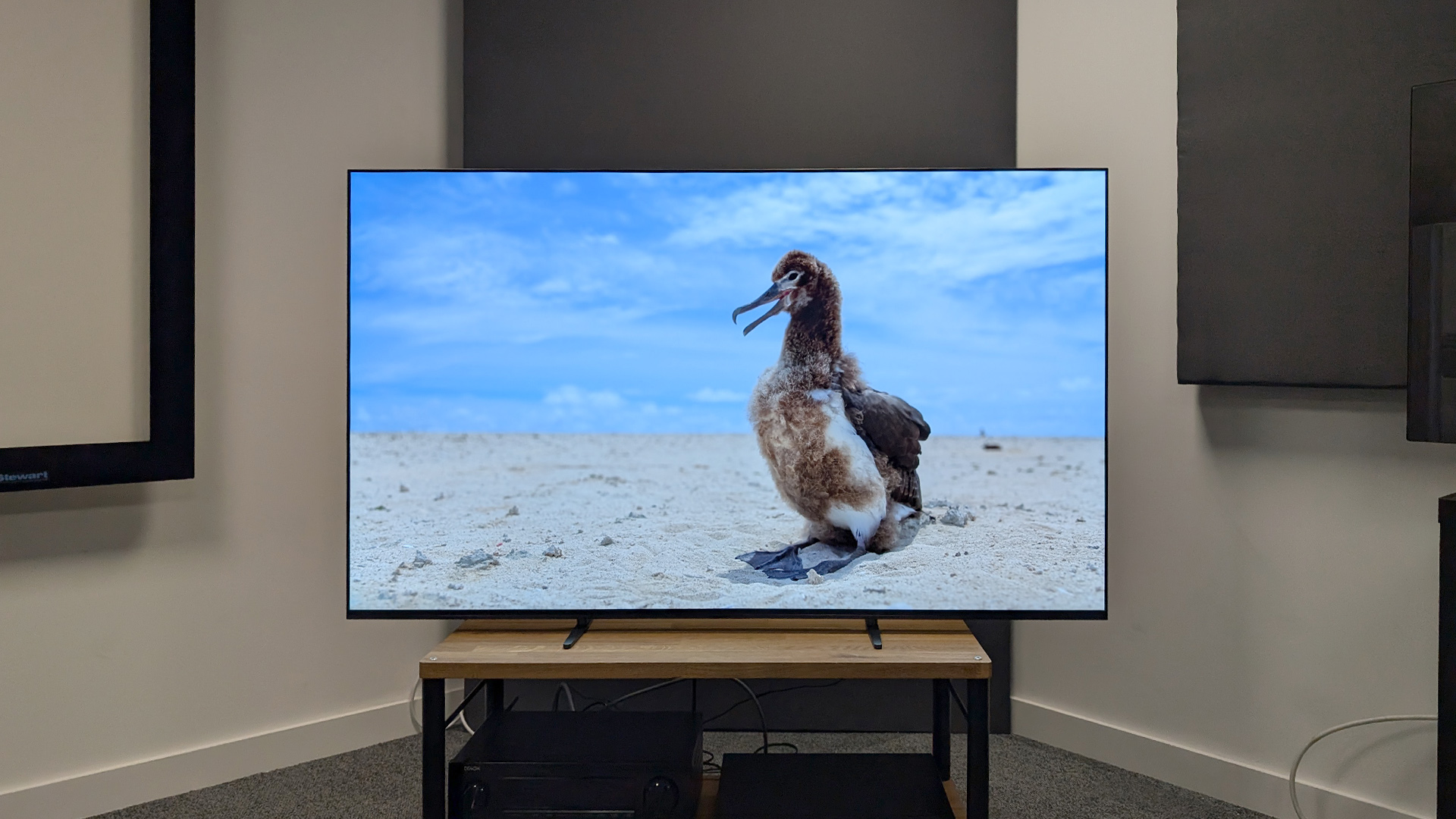
Screen size: 55, 65 and 77 inches
HDMI inputs: 4 x (2 x 48Gbps HDMI 2.1)
Gaming features: 4K/120Hz, VRR, ALLM
Dimensions (hwd, without stand): 83 x 144 x 3.7cm
The Bravia 8 is a refinement rather than a big step forward for Sony’s OLED TV offering but, considering how good its predecessor was, that's more than enough to make it an excellent TV.
For
- Balanced, immersive picture
- Great motion handling
- Good audio by TV standards
Against
- Not a huge upgrade on its predecessor
- Good, not great upscaling
- Only two HDMI 2.1 inputs
There's never been a better time to buy one of the best TVs. With competition hotting up from every angle, there's no shortage of premium screens vying for that coveted spot in your living room.
If you've done some research, chances are you've probably got some OLED offerings from LG and Sony on your shortlist, which is why we're comparing the LG C5 against the Sony Bravia 8 – two top-notch OLED TVs that have plenty going for them.
We've thoroughly tested both models to deliver an in-depth comparison – so let's figure out which of these two mid-range OLED marvels is best for you.
LG C5 vs Sony Bravia 8: price
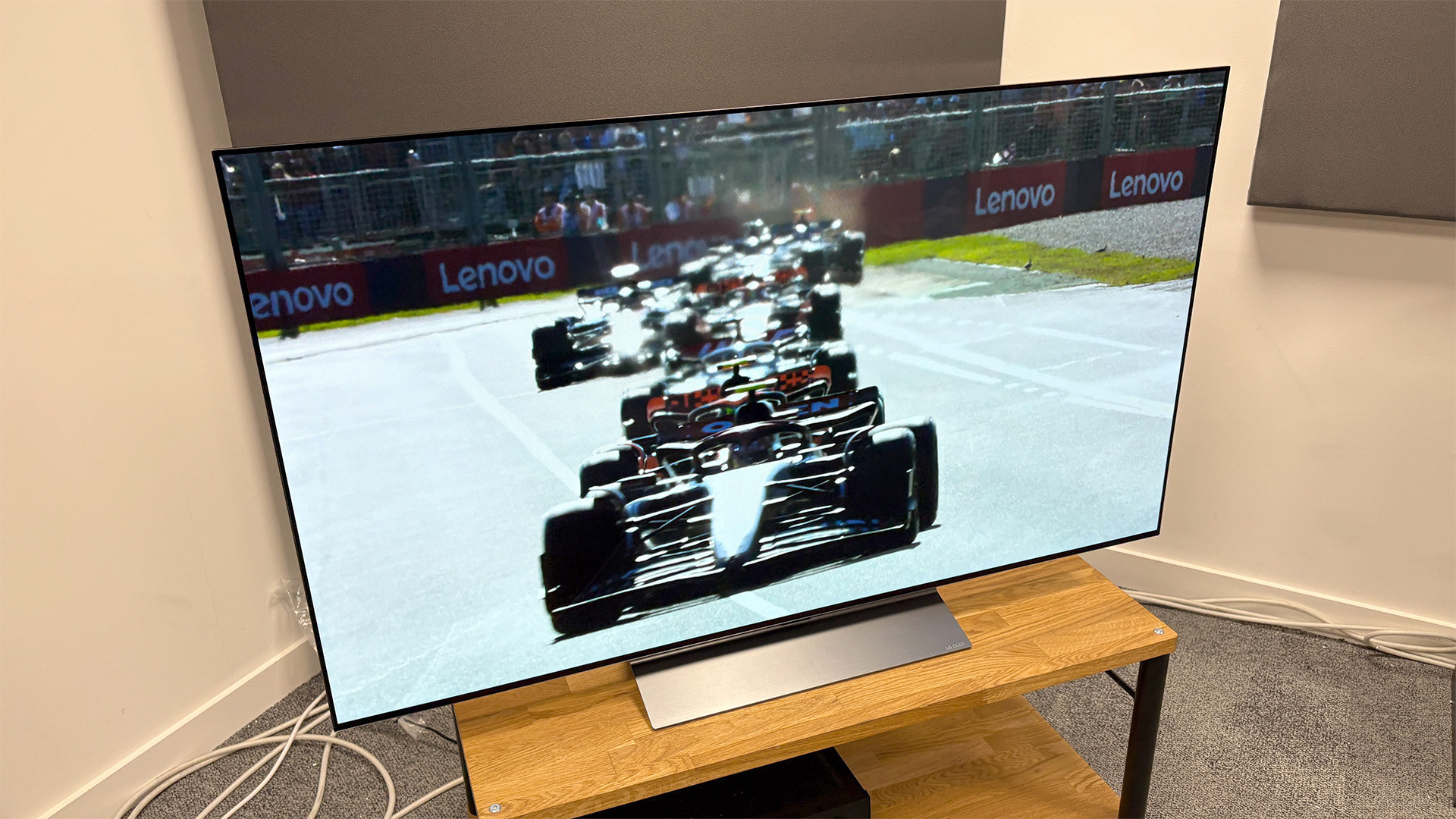
Right out of the gate, we've got our first major point of contention. Here are the launch prices of the two TVs:
Size | C5 | Bravia 8 |
|---|---|---|
42" | £1400 / $1399 / AU$TBC | No such model |
48" | £1500 / $1599 / AU$TBC | No such model |
55" | £1900 / $1999 / AU$TBC | £2199 / $2000 / AU$2995 |
65" | £2700 / $2699 / AU$TBC | £2699 / $2800 / AU$3995 |
77" | £3800 / $3699 / AU$TBC | £3999 / $3900 / AU$6495 |
83" | £6000 / $5399 / AU$TBC | No such model |
As you can see, the launch prices of the Bravia 8 are generally a little higher than those of the LG C5.
However, while the LG C5 is brand new and therefore still full price, the Bravia 8 has had a year's worth of discounts and is now available for significantly less than it was at launch – and therefore significantly less than the LG C5.
Experience tells us that the C5 will drop in price quickly, but it could be a little while before it gets cheaper than the Bravia 8, so this round has to go to the Sony set – at least for now.
** Winner: Sony Bravia 8 **
LG C5 vs Sony Bravia 8: design
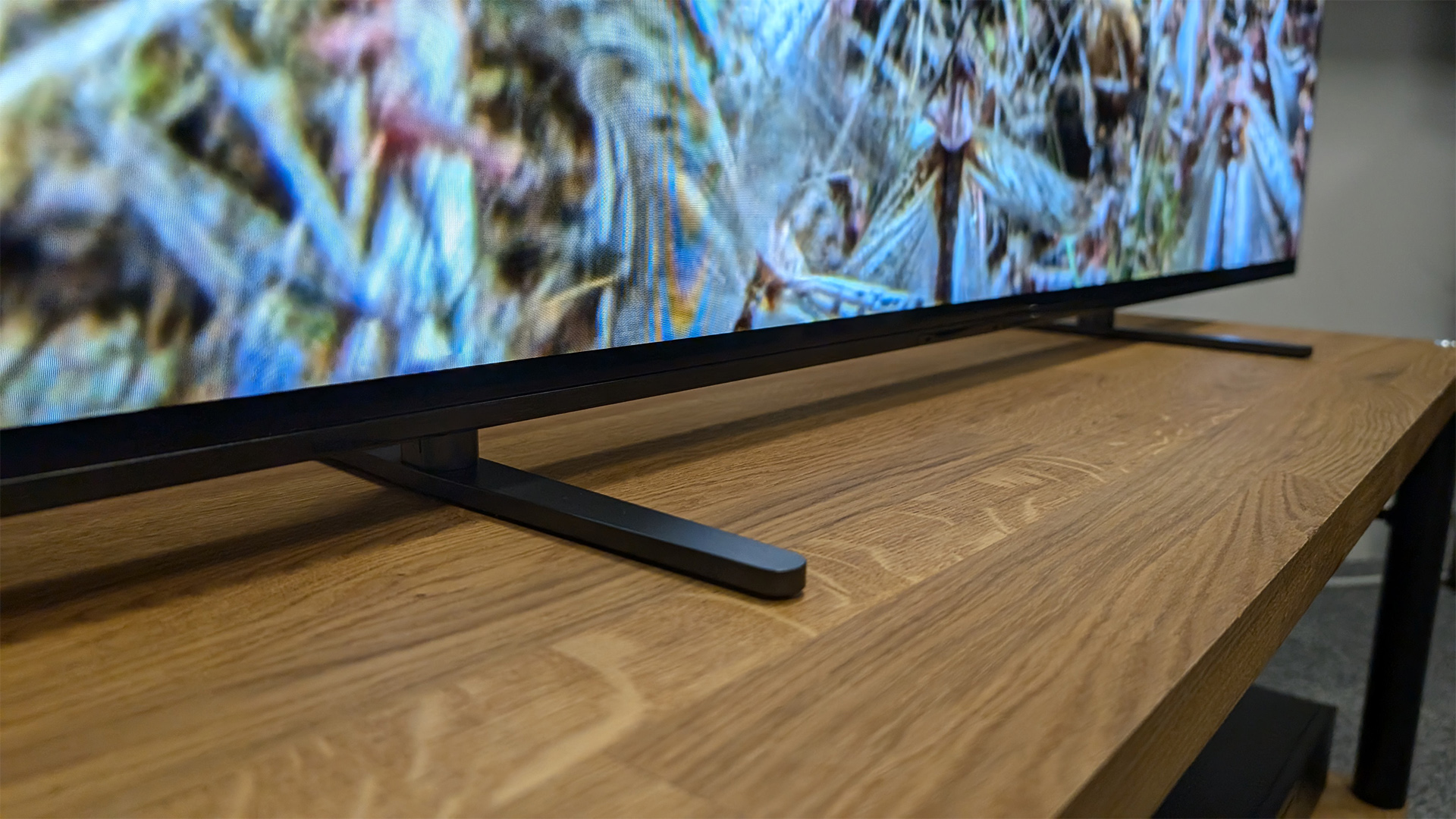
The Sony Bravia 8 maintains the elegant aesthetics of its predecessor, the A80L. The rear panel has a rather fetching textured pattern and has also been refined to sit more flush against walls when mounted. The set's feet, meanwhile, have been thoughtfully redesigned with a flatter top and slimmer profile to better accommodate soundbars.
Those feet offer multiple position options, too – they can be placed centrally or at the corners, and at two different heights, providing versatility for different furniture and audio setups.
LG has largely stuck with the C4's design language for its C5 model – namely, a super-slim profile for most of the chassis, with a modest enclosure housing connections and processing components at the bottom of the rear panel.
The 55-inch C5 we reviewed features narrow bezels and a central pedestal stand that, while stylish, may limit soundbar placement options due to its outward taper. Larger models of the C5 have a different stand design where this won't be as much of an issue
When it comes to remotes, Sony includes a plastic controller that, while lacking the premium feel of some competitors, does offer a backlight and a well-designed button layout.
LG's Magic Remote adds a new AI shortcut button and updated input functionality, but frustratingly still lacks backlit buttons – a surprising omission at this price point.
This is a hard round to call and, in all likelihood, the one that will work best for you will depend on how you intend to use the TV. If you're wall-mounting, the super-slim elements and extreme lightness of the LG C5 will make it the more appealing option, but if you're placing the TV on a stand and using a soundbar, the Sony is more accommodating. Let's settle for a draw.
** Winner: draw **
LG C5 vs Sony Bravia 8: features
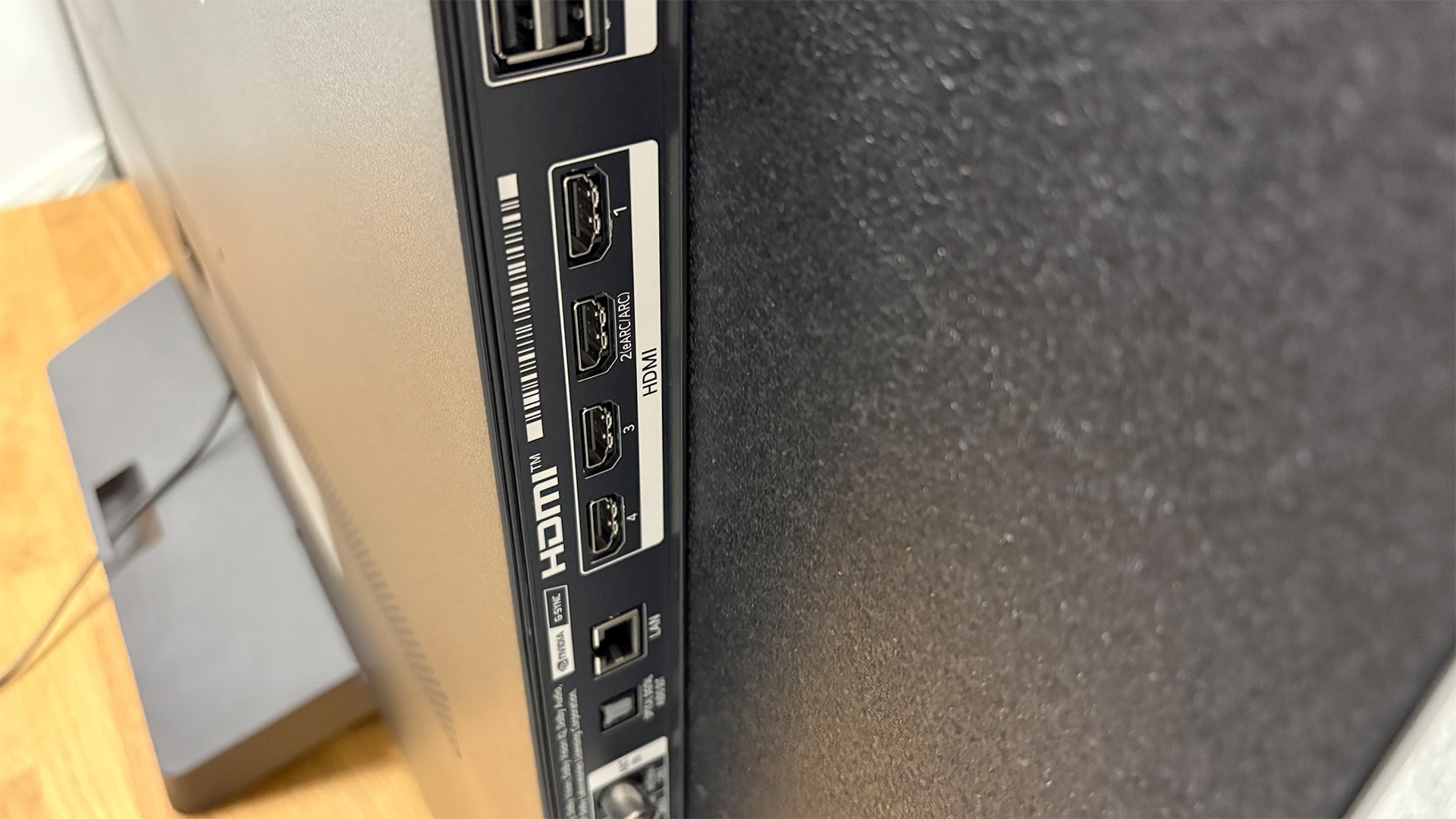
The Bravia 8 packs the power of Sony's formidable Bravia XR processor, which uses AI smarts to enhance picture processing for more authentic visuals. While it doesn't feature cutting-edge MLA, 4th Gen OLED or QD-OLED technology, Sony claims a 10% increase in panel brightness over its own A80L model.
LG's C5, on the other hand, is powered by the Alpha 9 Gen 8 processor, which also has AI-enhanced processing in its arsenal. Like the Bravia 8, the C5 sticks with conventional WOLED technology rather than adopting the newer MLA or LG's own Primary RGB Tandem panels found in premium models such as the LG G5.
Still, LG claims brightness improvements over the C4, achieved through its Brightness Booster technology, rather than physical panel enhancements such as a heatsink.
As for gaming, the LG C5 maintains LG's excellent credentials with four HDMI 2.1 ports supporting 4K/144Hz, VRR, ALLM, and Dolby Vision gaming – one of the most complete gaming packages available on any TV.
The Bravia 8 offers solid gaming support but with a key limitation – only two of its four HDMI inputs meet the HDMI 2.1 standard, and one of those doubles as the eARC connection. The TV supports 4K/120Hz (rather than 144Hz), VRR, ALLM, and Dolby Vision gaming.
On the OS front, the C5 runs webOS 25, LG's latest smart platform. This iteration introduces enhanced AI features, including an intuitive chatbot for troubleshooting and settings adjustments via natural language commands. The platform also adds voice profile recognition and gaming-focused apps such as the Xbox app for cloud gaming.
Sony opts for Google TV, providing access to a comprehensive range of streaming services including UK-specific options such as BBC iPlayer, ITV X, Channel 4, and Channel 5. The platform is well-designed and responsive, making content discovery relatively straightforward.
Both TVs support the HDR10, HLG, and Dolby Vision formats, though neither offers HDR10+. Both also include Dolby Atmos compatibility through their respective eARC connections.
Ultimately, while both TVs have excellent features, the LG's additional HDMI 2.1 sockets and slicker operating system give it the win here.
** Winner: LG C5 **
LG C5 vs Sony Bravia 8: picture

Both televisions deliver exceptional picture quality with 4K HDR content, though with slightly different characteristics that may appeal to different viewers.
The Sony Bravia 8, for instance, excels in delivering a wonderfully natural image with exceptional motion handling. Its picture is remarkably sharp with outstanding light control that creates a compelling sense of three-dimensionality.
The Bravia 8 handles skin tones with a touch more warmth than its predecessor, resulting in more lifelike human subjects. Black levels remain outstanding too, with excellent shadow detail, while highlights maintain impressive detail rather than clipping to white.
The LG C5, in contrast, offers a richly saturated picture that balances vibrancy with authenticity. Its colours appear punchy and dynamic without crossing into artificiality, with a particularly strong performance in low-light scenes where colour volume remains impressive.
The picture exhibits excellent solidity and three-dimensionality, with subjects clearly delineated against backgrounds without appearing artificially enhanced. The C5's brightness improvements are most noticeable in highlight details, where it retains more information in the brightest portions of the image.
As for Dolby Vision content, both TVs shine. The Bravia 8 delivers a compelling image in Dolby Vision Bright mode, with the dynamic metadata helping to optimize scene-by-scene performance. The C5 handles the format equally well, with its Filmmaker Mode now supporting Dolby Vision for the most accurate presentation.
For HD and SDR content, both televisions perform admirably, though with slight differences in approach.
The Bravia 8 upscales Full HD material with excellent sharpness while maintaining the natural film grain when present. However, some black crush can occur in particularly dark scenes, slightly compromising shadow detail.
The LG C5 handles upscaling with impressive retention of detail, avoiding unwanted artifacts or noise in challenging content. Fabric textures and subtle details remain clearly visible, and the TV's enhanced brightness capabilities add impact even to standard dynamic range content.
** Winner: draw **
LG C5 vs Sony Bravia 8: sound

Neither TV will replace a dedicated sound system, but there are notable differences in their audio capabilities.
The Sony Bravia 8 uses the company's Acoustic Surface Audio+ technology, which uses actuators to vibrate the entire screen to generate sound. While slightly bass-light compared with some competitors, it offers excellent control and precision.
The sound follows on-screen action with remarkable accuracy, creating a spacious and immersive audio experience despite the physical limitations of TV speakers.
The LG C5 delivers acceptable audio for casual viewing with clear dialogue reproduction.
However, it lacks low-end impact, and its projection capabilities are limited, with height effects seeming confined to the top edge of the TV.
The AI Sound mode, unfortunately, introduces harshness that detracts from the overall listening experience – so much so, that What HiFi? Editor in Chief Alastair Stevenson has penned his thoughts on why the LG C5 is a great example of why he wants OLED TV makers to ditch built-in speakers altogether.
** Winner: Sony Bravia 8 **
LG C5 vs Sony Bravia 8: verdict
Both the LG C5 and Sony Bravia 8 are excellent OLED TV options, albeit ones with distinct strengths that will appeal to different users.
The LG C5 offers a more complete feature set, particularly for gamers, with its four HDMI 2.1 ports and 144Hz support. It's also available in more size options, including smaller 42- and 48-inch variants that might better suit certain spaces.
Picture-wise, it delivers slightly punchier highlights and excellent low-light colour volume, which makes it particularly well-suited to movie-watching in darker rooms.
The Sony Bravia 8 counters with a more versatile stand design, superior audio performance, and picture quality that prioritises natural reproduction and exceptional motion handling.
Its Google TV platform is fairly intuitive and well-stocked with apps, though LG's webOS trumps it in both regards, and it falls short of the C5's gaming support with just two HDMI 2.1 ports.
Ultimately, it's a tough call between the two sets, but the current price difference swings the overall win in favour of the Bravia 8. If and when the two TVs end up at roughly the same price, we'll revisit this page and reconsider our verdict.
** Overall winner: Sony Bravia 8 **
Get the What Hi-Fi? Newsletter
The latest hi-fi, home cinema and tech news, reviews, buying advice and deals, direct to your inbox.

You must confirm your public display name before commenting
Please logout and then login again, you will then be prompted to enter your display name.
